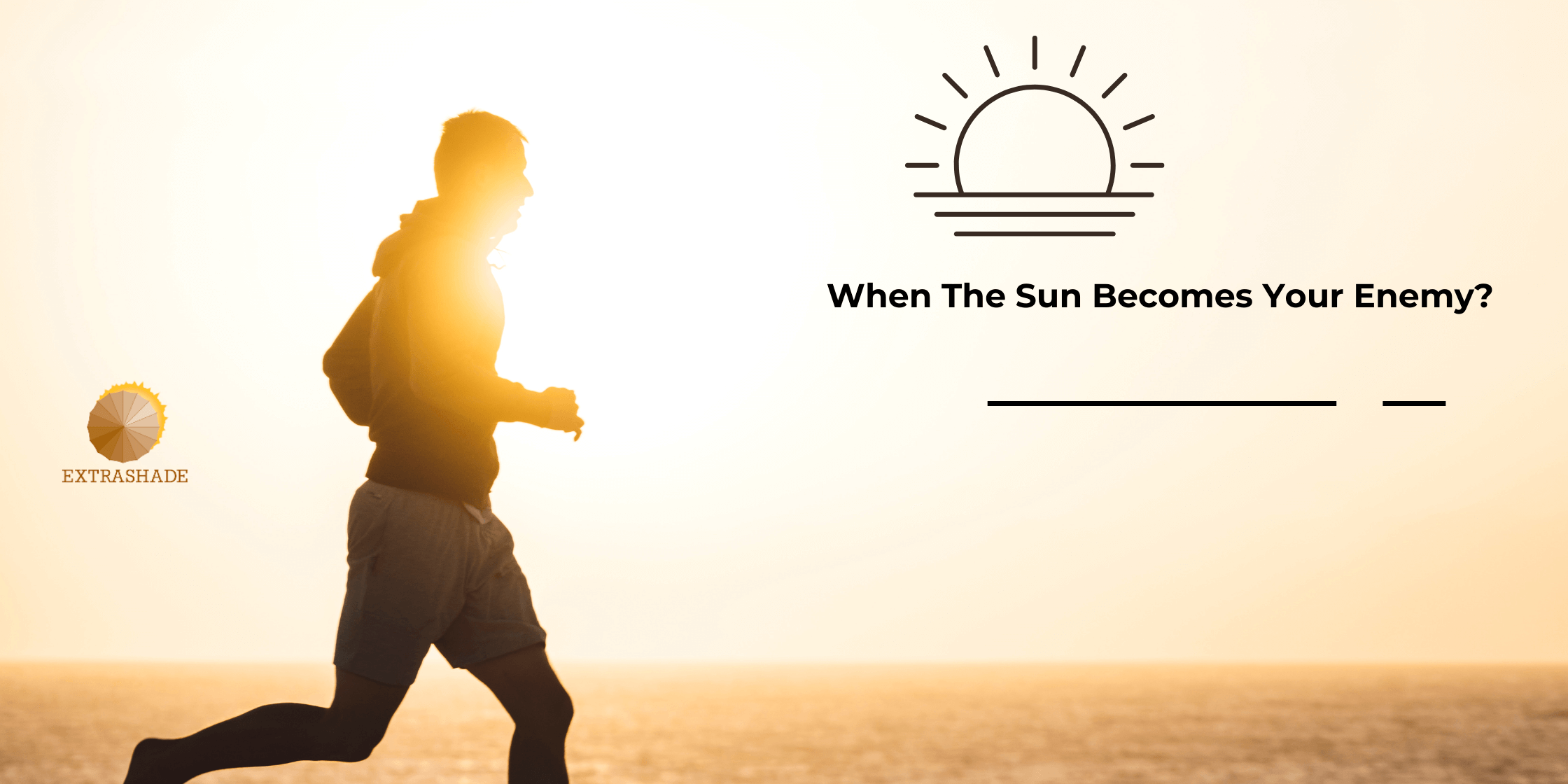The sun, a vital source of light and energy, is essential for life on Earth. It regulates our biological clocks, supports photosynthesis, and provides warmth. However, excessive exposure to the sun’s ultraviolet (UV) rays can pose significant health risks, turning our life-giving star into a potential enemy.
This article delves into the harmful effects of overexposure to the sun, the science behind these effects, and strategies for protection.
The Science of Sun Exposure
The sun emits various types of electromagnetic radiation, including visible light, infrared radiation, and ultraviolet (UV) radiation. UV radiation is further categorized into three types: UVA, UVB, and UVC.
While UVC rays are absorbed by the Earth’s atmosphere and do not reach the surface, UVA and UVB rays penetrate the atmosphere and can have profound effects on human health.
- UVA Rays: These rays penetrate the skin more deeply and are primarily responsible for aging and long-term skin damage. They can cause wrinkles and age spots and contribute to the development of skin cancers.
- UVB Rays: These rays are responsible for causing sunburn and play a key role in the development of skin cancer. UVB rays can damage the DNA in skin cells, leading to mutations and, potentially, cancer.
Health Risks of Sun Overexposure
- Skin Cancer: One of the most serious consequences of prolonged sun exposure is skin cancer. The three major types of skin cancer are basal cell carcinoma, squamous cell carcinoma, and melanoma. Melanoma, the most dangerous form, can spread to other parts of the body and is often fatal if not detected early. According to the World Health Organization (WHO), an estimated 2 to 3 million non-melanoma skin cancers and 132,000 melanoma skin cancers occur globally each year.
- Premature Aging: Chronic exposure to UV radiation accelerates the aging process of the skin, causing it to lose elasticity and develop wrinkles, sagging, and age spots. This condition, known as photoaging, can make individuals appear older than they are.
- Eye Damage: UV rays can also harm the eyes, leading to conditions such as cataracts, macular degeneration, and photokeratitis (sunburn of the cornea). Wearing sunglasses that block UV rays is crucial in protecting eye health.
- Immune System Suppression: Overexposure to UV radiation can suppress the immune system, reducing the skin’s ability to defend against infections and diseases. This suppression can affect the entire body, making it more difficult to fight off illnesses.
Protective Measures
To minimize the harmful effects of sun exposure, it is essential to adopt protective measures:
- Use Sunscreen: Apply broad-spectrum sunscreen with a high SPF (Sun Protection Factor) to all exposed skin. Reapply every two hours and after swimming or sweating.
- Wear Protective Clothing: Opt for long-sleeved shirts, pants, wide-brimmed hats, and UV-blocking sunglasses. Specialized clothing with UV protection is also available.
- Seek Shade: Limit direct sun exposure, especially during peak hours (10 a.m. to 4 p.m.), when UV radiation is strongest. Seek shade under trees, umbrellas, or tents.
- Avoid Tanning Beds: Tanning beds emit UV radiation that can be as harmful as the sun. Avoid their use to reduce the risk of skin damage and cancer.
- Stay Informed: Monitor the UV index in your area. The UV index provides a daily forecast of the expected risk of overexposure to UV radiation. Take extra precautions when the index is high.
Conclusion on When The Sun Becomes Your Enemy
While the sun is an indispensable part of our lives, providing energy and sustenance, it is crucial to be aware of the potential dangers of overexposure to its UV rays. By understanding the risks and adopting protective measures, we can enjoy the sun safely and reduce the likelihood of adverse health effects.
Remember, moderation and protection are key to ensuring that the sun remains a friend rather than becoming an enemy.

